Planting more native trees is always a good idea if you want to increase biodiversity. A hedgerow contains hundreds of species and provides a wildlife corridor between habitats. However, hedgerow should be pruned to maintain an A shape (thick, dense branches at the bottom, thinner at the top).
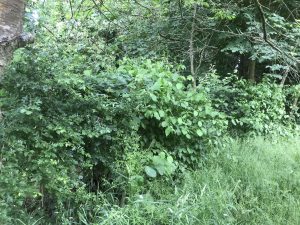
February is a good time to prune because fruit and berries will have been eaten, trees are dormant, and it is before the nesting season (March-August). Cutting hedges back to exactly the same height and width can reduce new growth in the spring, so encourage a denser hedge by cutting at least 2 cm above the previous year’s growth.
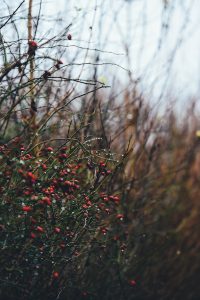
Hedgerow doesn’t need to be cut every year, this will allow time for flowering and fruiting. Alternatively, just one section could be cut each year e.g. top, then side, then other side. It’s also a good idea to allow some trees to grow to maturity as standards within the hedge.
Any willow arches or domes that haven’t already be pruned can be cut back and weaved into shape at this time of year.
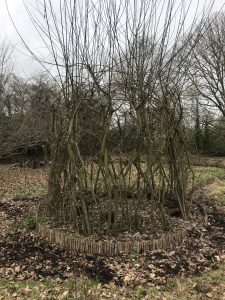
Willow dome before pruning
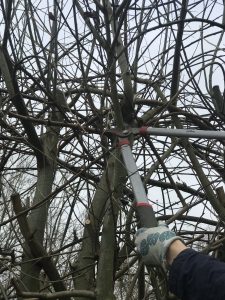
Willow pruning
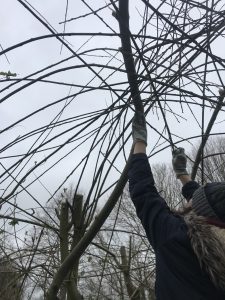
Willow weaving

Willow dome roof
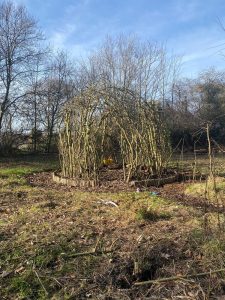
Completed willow dome


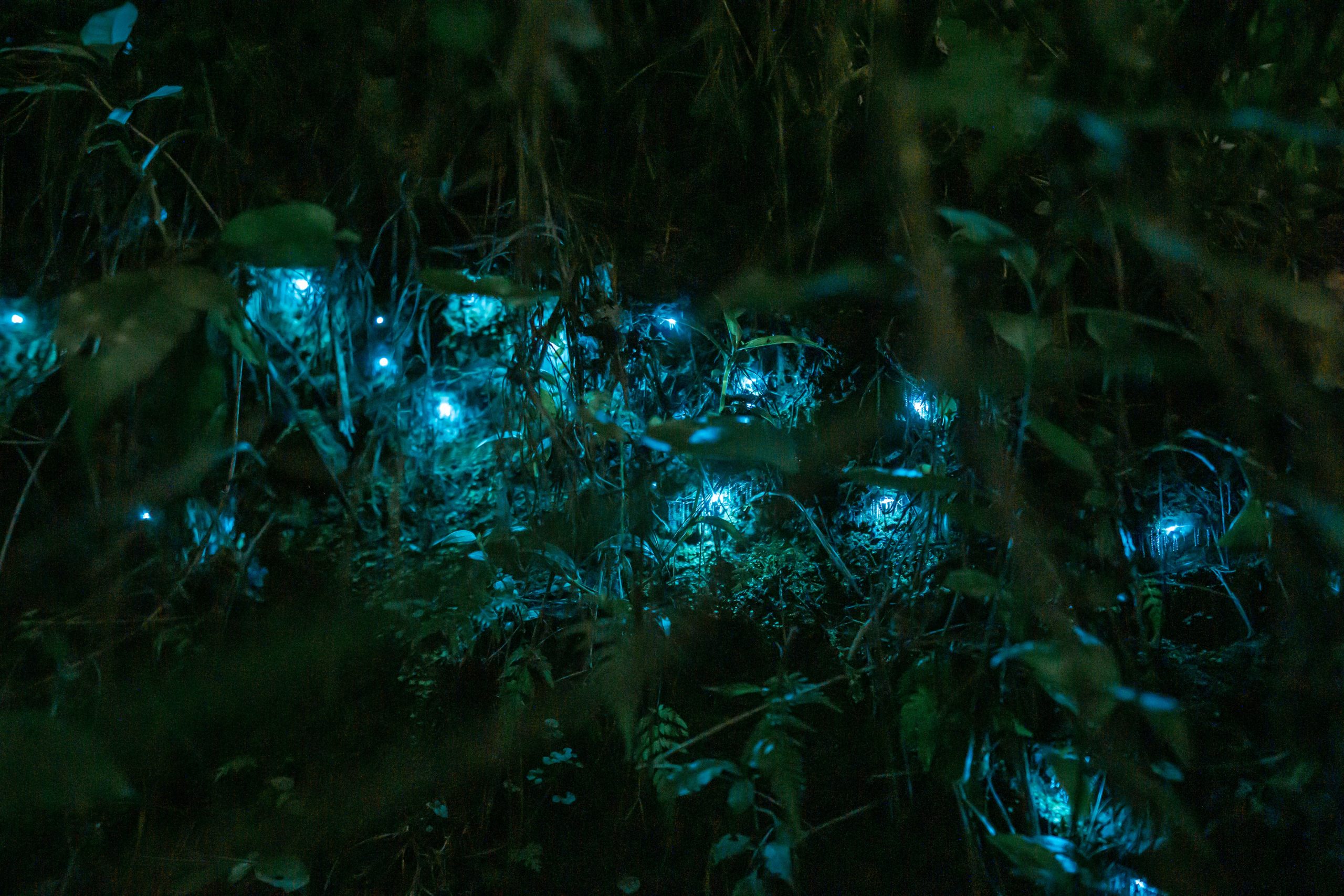
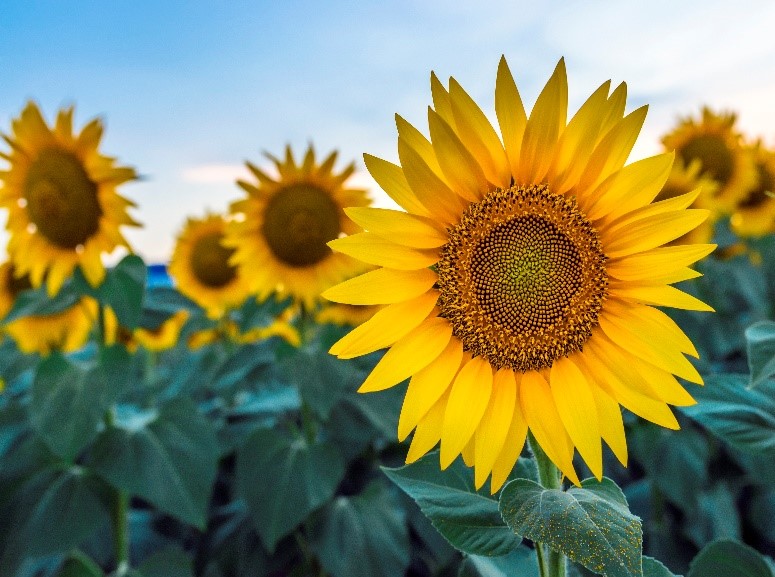
0 Comments